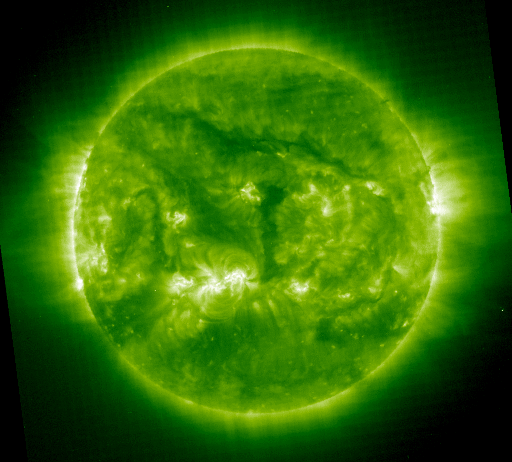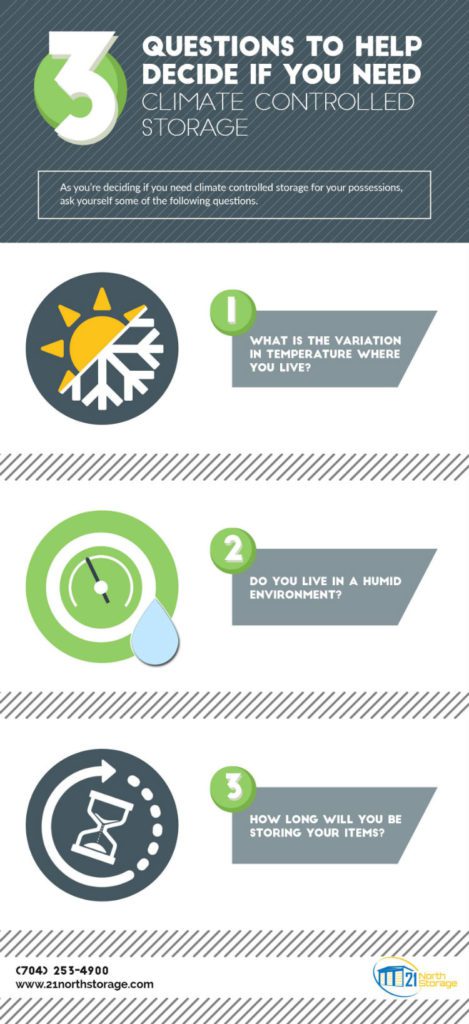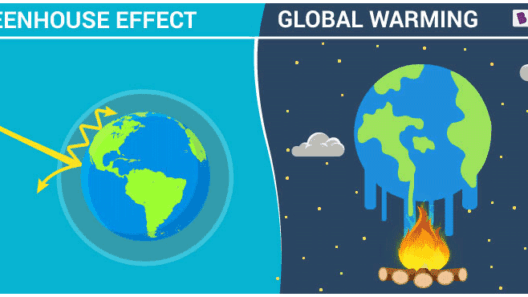Ultraviolet (UV) light, an invisible form of electromagnetic radiation emitted by the Sun, plays a pivotal role in various natural processes on Earth. From photosynthesis to Vitamin D synthesis in humans, UV light is undeniably essential for life. However, it is pertinent to explore whether this radiation is implicated in the phenomenon of global warming. This inquiry necessitates a multifaceted examination of how UV radiation interacts with Earth’s atmosphere, the underlying mechanisms of heat retention, and the broader implications for climate dynamics.
To clarify, global warming refers to the long-term increase in Earth’s average surface temperature predominantly fueled by anthropogenic emissions of greenhouse gases such as carbon dioxide (CO2) and methane (CH4). These gases create a greenhouse effect, trapping heat in the atmosphere. However, the question arises: Does UV light contribute to this warming directly, or is its role more nuanced?
UV light from the Sun can be categorized into three segments based on wavelength: UVA, UVB, and UVC. UVA accounts for approximately 95% of the UV radiation reaching Earth’s surface, while UVB comprises about 5%. UVC is primarily absorbed by the ozone layer and does not reach the surface. The significance of the ozone layer cannot be overstated; it serves as a protective shield against harmful solar radiation and plays a vital role in moderating the Earth’s climate. The depletion of this layer due to CFCs and other ozone-depleting substances raises concerns about the increased penetration of UV radiation, which can have detrimental effects on both human health and ecosystems.
One of the common misconceptions regarding UV light relates to its direct contribution to global warming. While it is known that UV radiation can lead to temperature increases in the stratosphere and its interaction with atmospheric gases leads to photochemical reactions, the primary driver of climate change is the greenhouse effect rather than UV emissions. Earth’s surface absorbs solar radiation, mainly in the form of visible light and infrared radiation, and re-emits this energy as heat. The greenhouse gases present in the atmosphere trap this heat, leading to increased global temperatures.
Research indicates that the link between UV light and the greenhouse effect is indirect, wherein UV radiation influences other environmental processes that may contribute to climate change. For instance, increased UV exposure can affect phytoplankton populations in the ocean. These microorganisms are critical for carbon cycling and oxygen production; hence, alterations in their populations can significantly impact climate regulation. A decline in phytoplankton due to heightened UV levels could decrease the ocean’s ability to absorb CO2, exacerbating global warming.
Moreover, UV radiation can affect terrestrial ecosystems as well. Elevated levels of UVB radiation can harm plant life, affecting photosynthesis, respiration, and growth rates. This phenomenon can alter carbon sequestration capacities in forests and grasslands, further influencing atmospheric CO2 levels. These interconnected changes underscore the complex role that UV radiation plays within the broader context of climate change.
As communities around the globe become increasingly aware of the implications of climate change, it is crucial to address the multifaceted effects of sunlight, particularly UV radiation. Public discourse often simplifies the relationship between atmospheric changes and solar radiation, neglecting to recognize the intricate dynamics involved. It is essential to appreciate the role of environmental factors, including latitude, elevation, and seasonal variation, in determining UV exposure levels.
It is also important to consider the human perspective. The growing prevalence of skin cancers and other health concerns attributed to UV radiation highlight the need for public education on the risks associated with UV exposure. Broad-spectrum sunscreens, protective clothing, and awareness campaigns are vital tools in mitigating these dangers. Encouraging responsible UV exposure can foster a culture of environmental stewardship that aligns with the broader goal of combating climate change.
With this in mind, addressing the complexity of UV radiation in relation to climate change necessitates a holistic approach. Multifactorial models that include variables such as UV exposure, greenhouse gas emissions, and ecosystem responses can yield better insights into the interplay between solar radiation and climate dynamics. By adopting such a comprehensive perspective, researchers and policymakers can inform strategies that not only mitigate climate change but also enhance public health.
As the planet grapples with the ramifications of climate change, understanding the effects of UV radiation becomes crucial. Although it does not directly induce global warming, the various ways in which UV light influences environmental systems necessitate a closer examination. The intricate interplay between UV radiation, climate feedback mechanisms, and ecosystem health underlines the importance of a multidimensional approach to environmental activism.
In conclusion, while ultraviolet light does not directly cause global warming, its impact on ecological and atmospheric processes can inadvertently contribute to climate change. This realization serves as a reminder of the interconnectedness of all elements within the Earth’s systems. Fostering a deeper understanding of these relationships not only informs effective climate action but also cultivates respect for the delicate balance of life on our planet.








